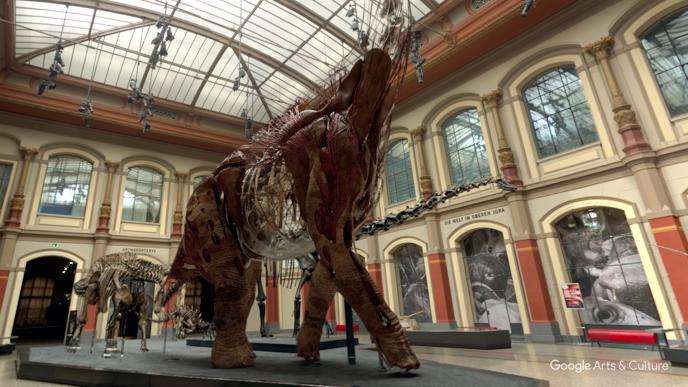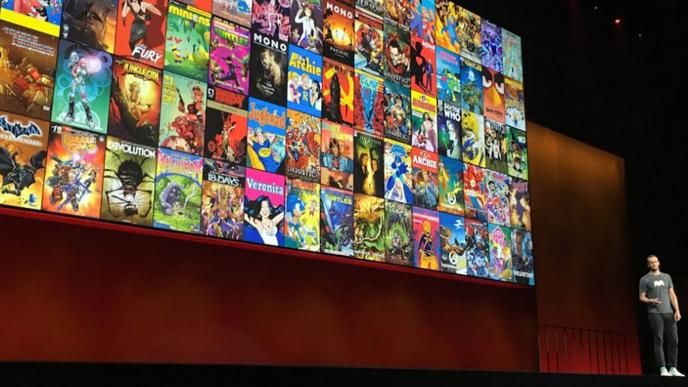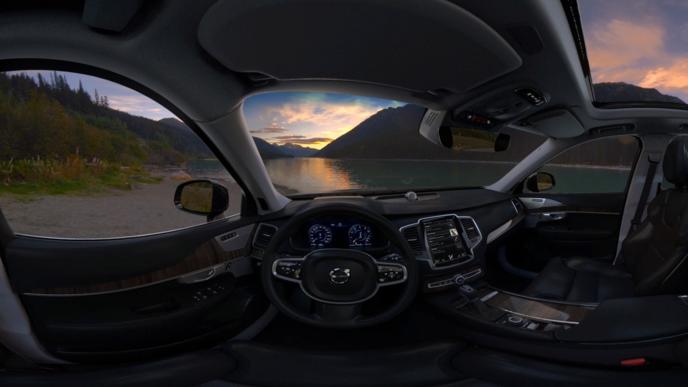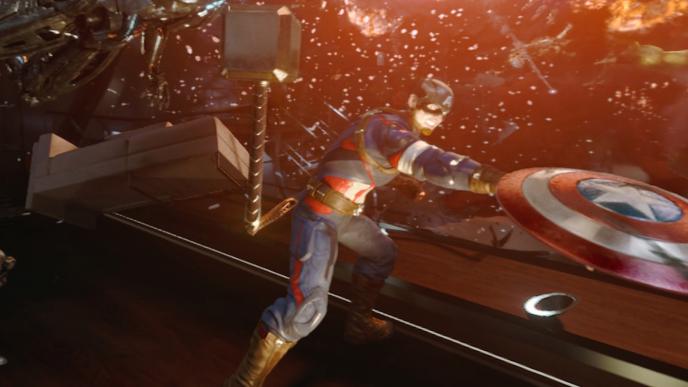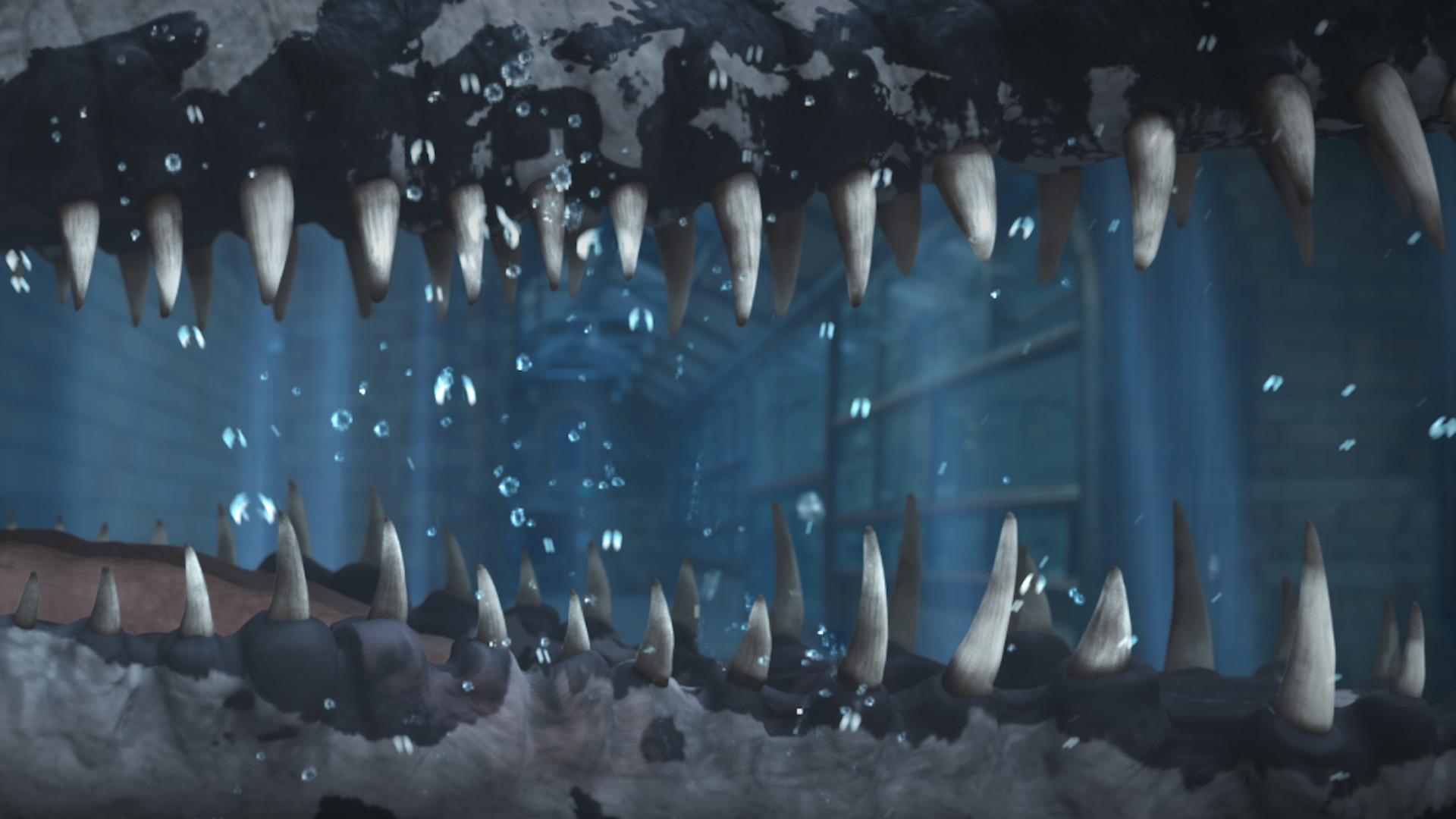
Natural History Museums
Night at the Museum: Two VR experiences by Framestore bring rare species to life in a virtual exhibition of natural history as part of an enormous content initiative, a partnership between Google and London and Berlin's Natural History Museums.
Framestore’s creative technologists, developers and artists were part of a team brought together by Google, including ecologists, paleontologists and biologists from the museums and Google’s in-house experts. Available on Google Arts & Culture, users can view the creatures via YouTube 360° video, or put on the Google Cardboard virtual reality headset for the best experience.
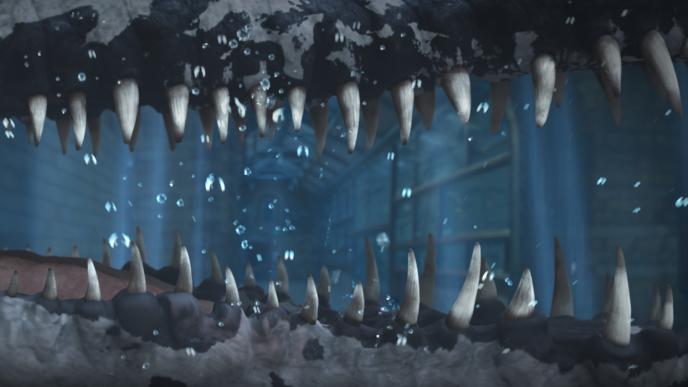
The experiences form part of a package of over 300 thousand pieces of content made available on Google Arts & Culture, which seeks to bring the stories and collections of global cultural institutions alive online. Working closely with Google‘s experts and using Google’s proprietary technologies in the process, Framestore worked to weave an engaging and immersive tale of extinction illustrated by two extremely rare prehistoric species.
London’s experience centres around the Rhomaleosaurus at the Natural History Museum, a Jurassic marine reptile which breaks away from its replica display to swim through a freshly submerged Marine Reptile Hall. In Berlin, at the Museum für Naturkunde the grand, 13m tall Giraffatitan is the star of the show, stepping off its plinth to explore the Museum’s vast Dinosaur Hall.
Unlike many VR experiences which transport audiences to an entirely new setting within the headset, the Natural History Museum experience sees the creatures come to life within perfectly executed, high resolution recreations of the London and Berlin venues. Literal nights spent in the two museums saw the teams combine sophisticated technologies with more hands-on, physical approaches to capture the most precise reference material possible.
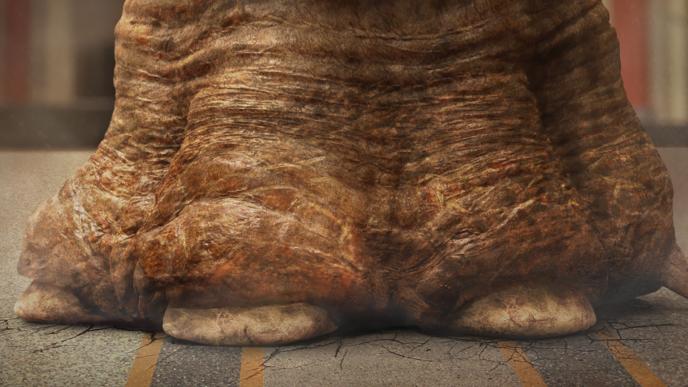
Authenticity and scientific fact were key drivers throughout the project, with Framestore’s teams undertaking intensive research into their subject matter. Both creatures are extremely rare, and the study of a select number of experts globally. The prestige of the Museums, too, alongside the purpose of Google Arts & Culture to faithfully represent collections the world over, led to a firm facts-over- fiction approach.
Says Karl Woolley, Head of VR at Framestore in London: ‘Often with virtual reality we’re looking for the thrill factor, and really push our creative licence to achieve it. In this instance, that same thrill is in the accuracy. Every element of the creatures was thoroughly fact-checked, and by the greatest authorities on the species in the world. I would anticipate that these are the most accurate graphical representations of these creatures ever made’.
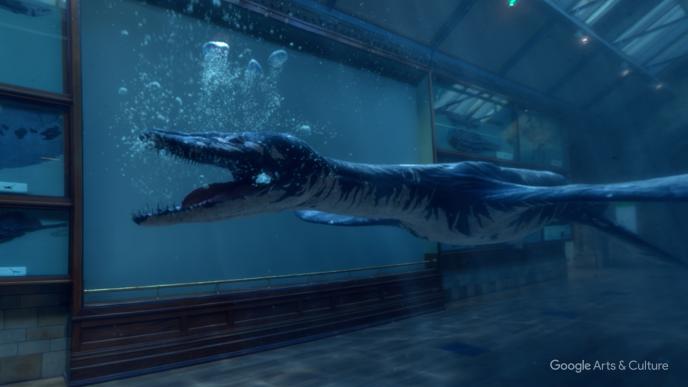
Luckily Framestore had some background on the topic, having won multiple awards for the BBC’s Walking with Dinosaurs series in 1999. VFX Supervisor Pedro Sabrosa was able to bring his experience of Dinosaurs direct to the Natural History project; ‘Personally, I found it was a great asset to have worked on the series’, says Sabrosa. ‘The anatomy, skin textures and movements of these creatures are all so specific that having a degree of knowledge from a previous project was incredibly helpful.’
Said experience did not diminish the immense amount of precision animation and CG needed to bring the Rhomaleosaurus and Giraffatitan to life. A team of four animators worked exclusively on the creatures’ movements, using a custom muscle and flesh skin system built specifically for the job. The biggest challenge proved the length of the sequences for the four minute experiences; each character was split into seven sections, each of which underwent a two-process simulation to provide the requisite muscle stretch and compression, as well as the stretch and slide of the overlaying skin layer.
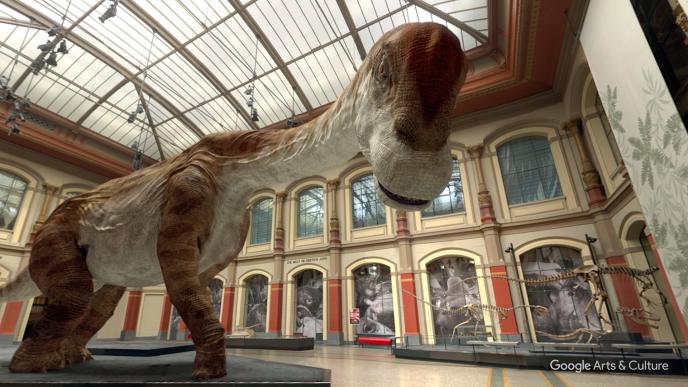
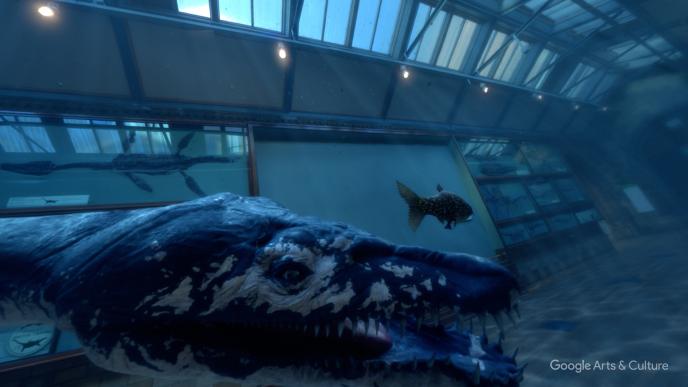
The outcomes are suitably epic, bringing important tales of extinction to audiences around the globe. ‘Virtual reality has incredible immersive power’, says Woolley. ‘In this instance, using it to educate as well as entertain has been extremely rewarding. Google Arts & Culture has a huge manifesto, to bring cultural institutions alive to those unable to visit in person, and Framestore are pleased to play a part in that mission’.
